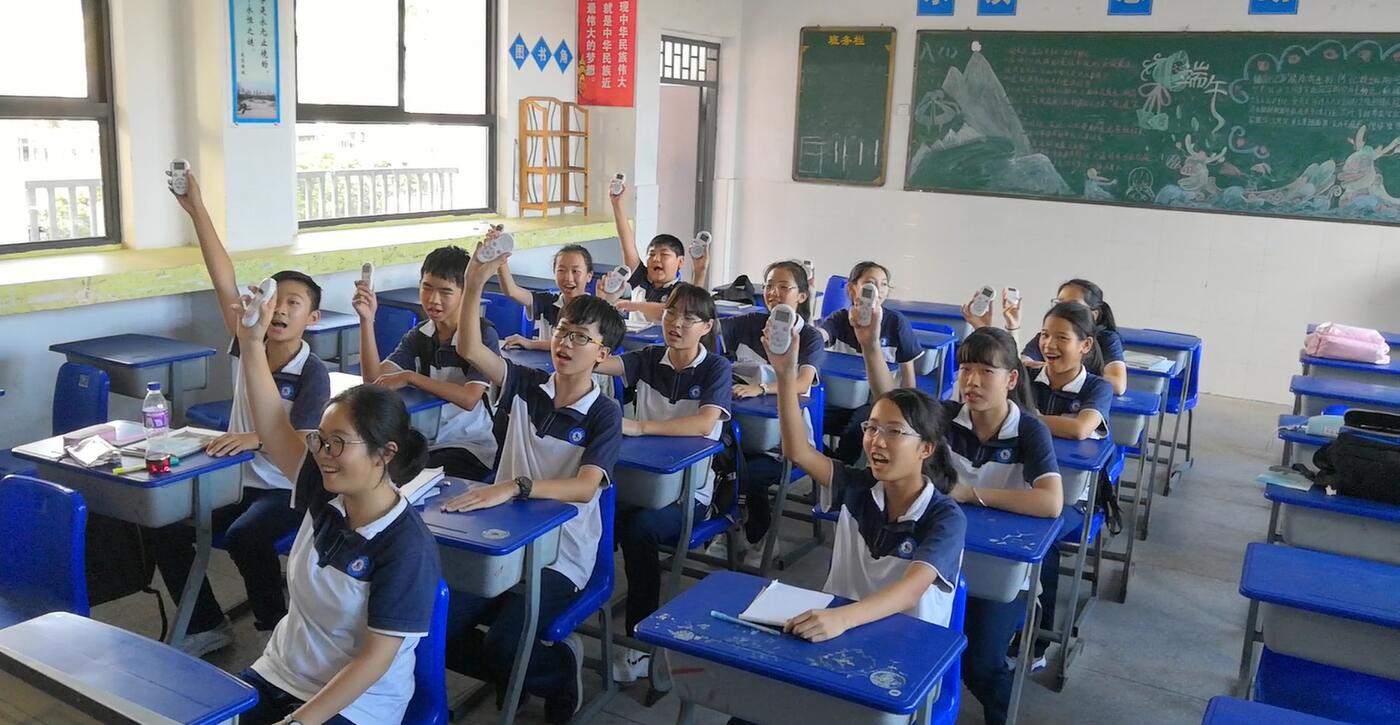Live polling
Run interactive presentations and meetings with a top-rated live polling tool. It’s fun, easy and requires no downloads.
Discover your audience’s opinions, preferences and knowledge. With multiple choice polls, people vote on predefined options and you can quickly see the prevailing answer.
Personalized feedback at scale
Using Qomo Interactive Audience Response to help attendees discuss sensitive topics in a public forum. Responses are anonymous, but visible to the room, enabling Grant and Jay to give personalized feedback at scale.
“Qomo allows us to have everybody in the conversation,” said Grant. “We can tell where we’re losing people, where they’re getting lost in the process and need extra help.”
More than 80% of the students felt that voting improved their learning, and most of them felt that it enhanced questioning during lectures, although some students disagreed on this latter point
Students felt that lectures helped them realize what was important. This is a finding which voting system did not alter. Also, most of the students disagreed with the statement that there should be less lectures in the teaching of medicine, even though more than 80% had found lectures annoying or boring before the paediatrics course. The students gained new, exciting insights much more often during the paediatrics course than before, 23% of them got new insights often or almost always during lectures before the paediatrics course as compared to 61% after paediatrics.
As teachers we found voting an exciting and useful tool for activating students during lectures, and this survey shows that the students were similarly excited about it. Our experiences were so positive that at present all the teachers are using voting during the lectures in paediatrics. The main pedagogical goal of a lecture is to convey information and explanations, and we think that this was achieved, as about 80% of the students felt that lectures enhanced their learning as compared with studying on their own. Voting did not increase the activity of the students to participate on our lectures. We think that this happened because the participation was active already before the use of voting. However, voting could increase the activity of participation in situations where it is low without any interactivity during lectures.
According to McLaughlin and Mandin [3], teachers’ views of the reasons for failure in lecturing were mostly a misjudgment of the learners/context or flawed implementation of the teaching strategy. The use of voting may improve the teaching strategy, but it cannot otherwise improve a poorly organized or poorly judged lecture. Voting can help the lecturer to be organized and responsive to the students, however.
Voting can be used for several purposes. By asking questions the lecturer can find out what the students know already and can concentrate on those aspects of the topic which are not well understood. The voting system allows all the students to express their opinions and not only those opinion leaders who are active and brave enough to express their thoughts aloud. A lecture given with questions can be used to know students’ attitudes. Without anonymous voting it is often too difficult for the students to express their attitudes, especially if they differ from those that they assume the lecturer has. In our experience voting made this possible and opened the way to useful discussions. Voting can be used for organizing examinations, especially if there is no need to evaluate each student’s grade but merely to give the students feedback on their knowledge for their own future use.
Students’ explanations for poor lecturing include a non-responsive lecturer, a boring lecture and a lecturer who does not provide opportunities to ask questions. These are aspects which improved significantly during our course where we used voting. The validity of students’ ratings when used as we did here has been found to be good .
New audiovisual devices make it possible to show pictures of patient cases and to improve understanding by using complex illustrations during lectures. The same devices can also be used to prepare handouts so that the students do not have to make notes and are able to concentrate on learning and to take part in voting [6]. There are several aspects which should be kept in mind when using voting [8]. First of all, the questions should be clear and easy to understand quickly. There should not be more than five alternative answers. More time should be allowed for discussions than earlier. The students in our survey reported that voting helped them to participate in discussions, and a lecturer using voting should be prepared to allow time for this.
Even though the new technical devices provide new opportunities for teaching techniques at the same time, they also introduce new possibilities for technical problems. Thus the devices should be tested beforehand, especially if the location where the lecture is given has to be changed. Lecturers report difficulties with audiovisual devices as one important reason for the failure of lectures . We have organized teaching and support for the lecturers in using the voting device. Similarly, the students should be instructed on how to use the transmitter. We found this easy and there have been no problems for the students once this has been explained.
Post time: Jan-14-2022




